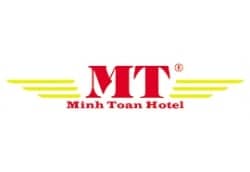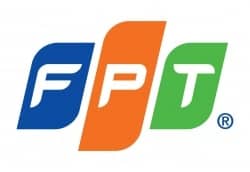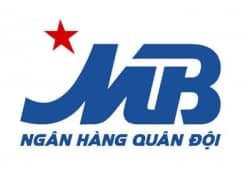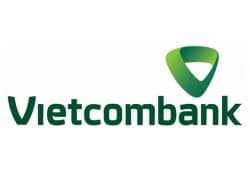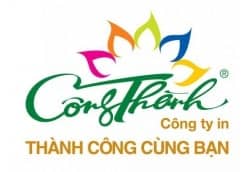Top 10+ Usability Guidelines For Accessible Web Design You Must Not Miss!
An accessible web design gives website visitors a comfortable user experience and is appreciated well by search engines. How can you assure that your website is accessible enough for users? Danaweb will introduce you to 10+ usability guidelines for accessible web design in this article below.
An accessible web design gives website visitors a comfortable user experience and is appreciated well by search engines. How can you assure that your website is accessible enough for users? Danaweb will introduce you to 10+ usability guidelines for accessible web design in this article below.

1. Implement clear and logical navigation systems
Clear and rational navigation systems place website menus and submenus where viewers suppose to see them on your web, allowing users of assistive technologies to cruise pages quickly. Clear and logical navigation systems enable your web visitors to understand your pages' menu structure instantly. Therefore, one of the most significant usability guidelines for accessible web design and content is persistent navigation systems.
2. Combine a site map to your web
A site map is an excellent approach to improve your website's usability and accessibility because it gives a comprehensive overview of your site's logical structure, as well as serialized versions of all principal parts and linkages. Moreover, a sitemap is an extraordinary approach to meet the WWW Consortium's Content Accessibility Guidelines' accessibility standards. Drupal users may automatically construct menu items or categories’ site maps using the Site Map module.
3. Use Automated Accessibility Assessment Tools to examine your web
Automated accessibility assessment tools are an excellent method to start a thorough accessibility analysis and may help you find key accessibility issues with your website. These tools can help you spot problems like low contrast components, missing alt attributes, and incorrect HTML/CSS syntax, among other things. Markup warnings and manual tests are also included in these automatic tools for further testing.
4. Justify your stylesheets and web pages
Correct markup is required for websites to be easily parsed and presented by website browsers. Assistive technology devices, such as screen readers and braille displays, may render websites and stylesheets if they are correctly marked up. You may use the HTML and CSS validators provided by the W3C to guarantee that your pages and stylesheets utilize valid HTML and CSS.
5. Provide web videos and images alt text
One of the recommended approaches for increasing the accessibility of photographs on a website is to provide alternate (alt) text. Screen readers and other assistive technologies may now display images included in HTML websites. The alt text for an image should be sufficiently detailed and succinct to provide users with an appropriate picture of the image's context. Alternative descriptions that are longer than 5-7 words can be offered as long descriptions, either by using the "longdesc" property or by referring to a new page with a complete description. Setting the alt property to NULL for solely ornamental pictures (such as borders, separators, and more) instructs assistive technology devices to disregard the image.
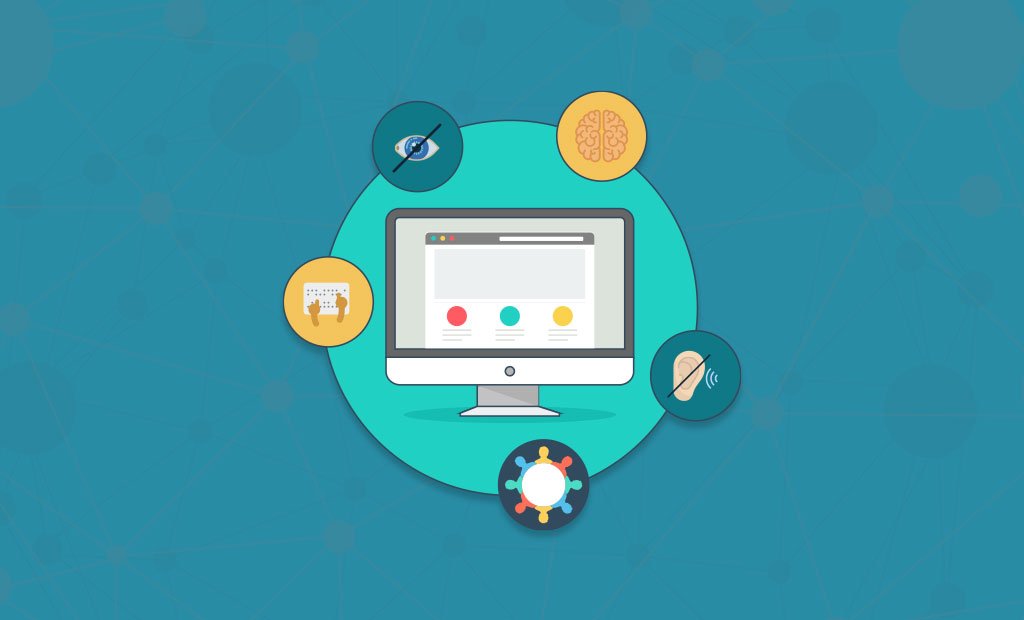
6. To provide linguistic information, use HTML markup
The ability to arrange material is one of HTML's most significant capabilities. Thanks to structured content, browsers (and users) can grasp the context of information in an HTML document. Ordered and unordered lists, headers (h1, h2... h6), paragraphs, sections, articles, and more are used inadequately formatted pages. It is critical to provide semantic information and structure in your pages so that browsers and assistive technology devices can analyze and comprehend the material.
7. Embedded video should incorporate captions
Captions are a critical component of accessibility. Customers who do not have access to audio give comparable real-time material. Captions should be correctly synced with video material, provide similar information to the audio track, and be available on all platforms to fulfill basic accessibility criteria. MAGpie, Subtitle Workshop, and ccPlayer are among the most popular captioning programs. Please keep in mind that transcription tools are not perfect, thus any captions made using these applications should be double-checked.
8. Use a keyboard to test the accessibility
Users of assistive technology often navigate pages using a keyboard. To test for keyboard accessibility, go through all of the links on your site using the keyboard and the "tab" and "shift + tab keys" keys. To activate controls and connections, use the "enter" key while ensuring that all page functionalities are exclusively available via the keyboard.
9. Preview your web on mobile devices
Mobile devices are being used by a growing number of people to access the Internet. It's a good idea to test your sites on one or more mobile devices to ensure that your visitors get the most outstanding experience possible (including phones and tablets). In addition to human testing, several automated tools are available to evaluate your site's usability on mobile devices. Google Analytics offers a page speed and user experience study (under Behavior).
>>> Read more: UI/UX Design For Mobile And Web Apps | DanaWeb
10. Offer Time-based media transcripts
Text transcripts offer a more accessible option than time-based media. It is best practice to offer synchronized captions and a comprehensive text transcript to ensure the accessibility of embedded audio and video on your site. Text transcripts for audiovisual material should contain additional contextual information where possible. This approach might include summaries of the activities that were given and biographical information about the speakers or presenters.
This is the end of the article about 10 tips of usability guidelines for accessible web design. Danaweb hopes you can take advantage of some methods above to improve your website accessibility.
Call 0914 049 099 or fill out the form for DanaWeb to advise you on your website design today! DanaWeb - Website design company in Da Nang, consulting and providing high-quality website, software, and marketing solutions, bringing business efficiency, increasing brand recognition, and enhancing business.
- Top 8+ Valuable Tools To Conduct Website Security Test Online Easily | DanaWeb
- Guide To Check Website Traffic In Google Analytics Precisely | Danaweb
- UI/UX Design For Mobile And Web Apps | DanaWeb
- Web Hosting Or Wordpress Hosting: Which Should Be Used?
- What Makes A Good Ecommerce Website Nobody Has Ever Told You - Danaweb
- 10 Education Website UI Design | DanaWeb
- Necessary Notes When Hotel Reservation Website Design | Danaweb
- [ TOP 7+ ] Coffee Shop Website Design Inspiration 2022
- Example Website APA Citation - Simple And Easy To Understand | Danaweb
- 4+ Keys To How To Load Website Faster In Php Website Owners Should Not Skip!
- Danaweb - A Website Design Company Offers Professional Web Design Services In Danang Vietnam
- Top 10+ Common Web Design Mistakes You Need To Ward Off






